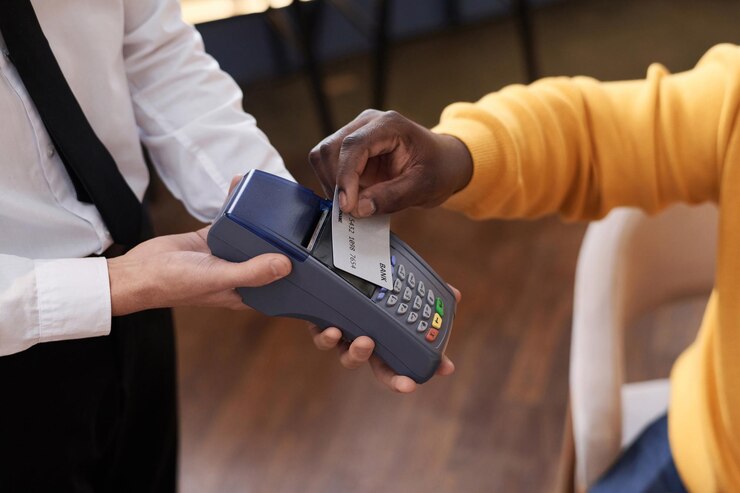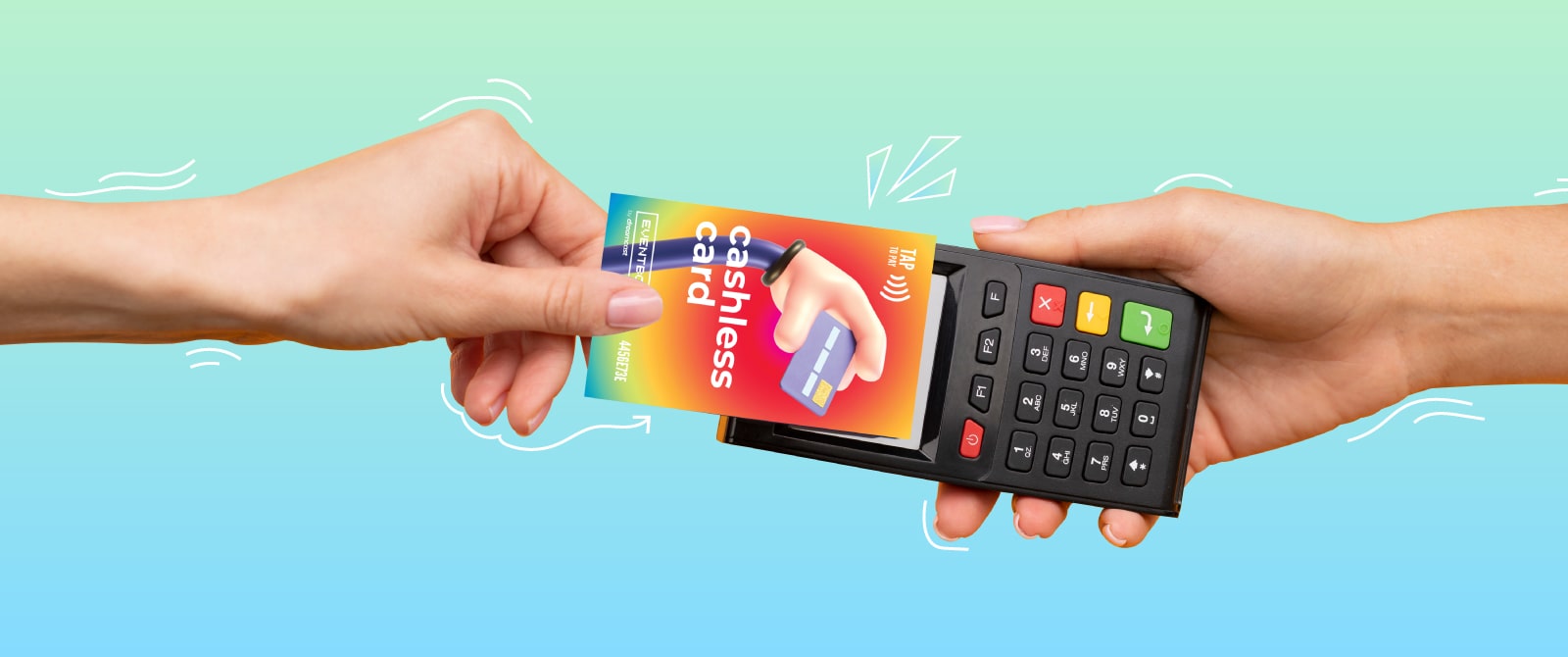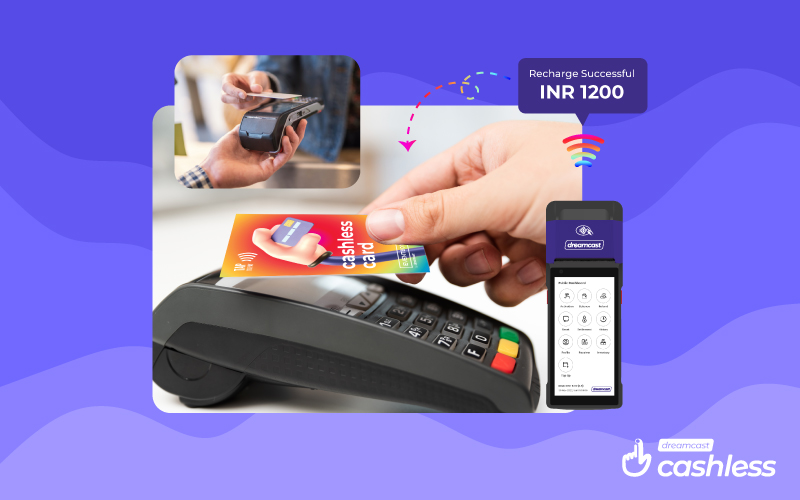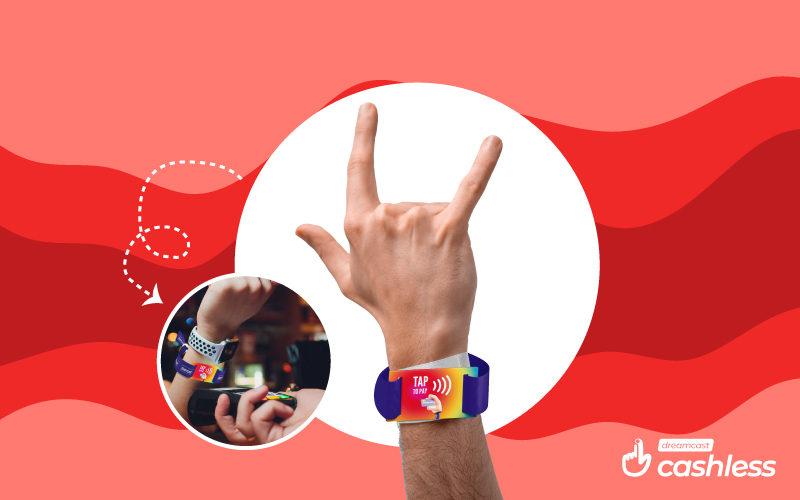A new age of security and ease in cashless transactions is being heralded by the emergence of a tap-to-pay system, at a time when every credit card swipe carries the risk of identity theft and data breaches. Ever wonder why tap-to-pay technologies are becoming so popular so quickly? Their capacity to provide a more secure and safe substitute for the customary credit card swipe technique holds the key to the solution. Let’s explore why tap-to-pay is rapidly replacing other payment methods as the preferred option for both consumers and companies in the current digital era.
What Is the Difference Between Tap-To-Pay and Credit Card Swipe?
The technology and security procedures that are used during transactions distinguish tap-to-pay from credit card swipe as their primary distinctions. Both approaches enable cashless transactions, but tap-to-pay makes use of Near Field Communication (NFC) technology to create a secure link between the terminal and the payment device, allowing contactless transactions to be completed with just a tap. However, when a credit card is swiped through a card reader, the magnetic stripe of the card is physically swiped, and magnetic data encoding is used to convey payment information. This distinction in technology leads to significant differences in terms of security, convenience, and user experience.
| Tap-to-Pay | Credit Card Swipe | |
| Technology Used | NFC (Near Field Communication) | Magnetic Stripe |
| Transaction Method | Contactless | Physical Swiping |
| Security | High | Moderate |
| Risk of Skimming | Low | High |
| Authentication | Multi-layered (e.g., biometrics) | PIN or Signature |
| Convenience | Quick and Contactless | Requires Physical Card Presence |
| Fraud Prevention | Advanced algorithms, tokenization | EMV chip technology |
| Adoption Rate | Increasingly Popular | Standard for many years |
| Transaction Speed | Faster | Slightly Slower |
| Mobile Integration | Seamless with mobile wallets | Limited to card-based transactions |
| Data Privacy | Encrypted tokenization | Relies on magnetic stripe data |
| Compliance | Meets stringent security standards | Subject to EMV and PCI DSS standards |
| Payment Limits | Often higher limits for tap-to-pay | Limited by card issuer and terminal |
| Cross-Border Usage | Widely accepted globally | May require international compatibility |
| Transaction Fees | Varies by provider and region | Similar for both methods |
| Customer Experience | Enhanced by contactless technology | Dependent on card reader functionality |
| Environmental Impact | Reduces paper receipts, eco-friendly | Requires paper receipts, less green |
| Transaction Records | Easily accessible through apps | Relies on card statements |
| Integration with Loyalty Programs | Seamless integration | Limited integration opportunities |
Read More:- The Future of Events: Embracing Cashless Payment Systems
Why Tap-to-Pay Is Becoming More Popular Than Credit Card Swiping

1. Improved Safety with NFC Technology
Near Field Communication (NFC) technology, which creates a secure link between the payment device and the terminal, is used by tap-to-pay systems or NFC payment systems. NFC transactions are extremely safe since they encrypt data, in contrast to the magnetic stripe cards used in conventional swiping. Because of this encryption, there is less chance of fraud and unauthorized access and critical financial information is kept safe throughout the transaction process. In summary, the tap-to-pay system gives companies and customers peace of mind by offering a security level that much exceeds that of the antiquated swipe approach.
2. Decreased Chance of Copying Cards
The possibility of card cloning, in which thieves utilize skimming devices to get card information and make counterfeit cards for illegal reasons, is one of the inherent hazards associated with credit card swiping. Contrarily, each tap-to-pay transaction generates a unique code, making it extremely difficult for fraudsters to duplicate or intercept payment data. By drastically lowering the possibility of card cloning and fraudulent transactions, this cutting-edge security feature protects customer financial data and increases trust in cashless payment systems.
3. Easy and Contactless Ways to Pay

For today’s fast-paced lifestyles, tap-to-pay systems provide a smooth and contactless payment experience. Customers no longer need to swipe cards or input PINs in order to conduct transactions quickly and securely—all it takes is a simple tap of the card or mobile device. In addition to improving consumer happiness, this ease encourages companies to process payments efficiently, which improves operational effectiveness and shortens transaction times. Furthermore, contactless payments minimize physical contact and the transmission of germs during transactions in compliance with current health and safety regulations.
4. Defense Against Devices for Skimming
Credit card swiping is seriously threatened by skimming devices put on payment terminals, which have the ability to intercept critical card information and violate user privacy. By using encrypted communication channels that stop skimmers from obtaining payment information, tap-to-pay removes this danger. Data is transmitted encrypted to ensure that, even in the unlikely event that a bad actor manages to intercept the conversation, they will only obtain encrypted data, making it unusable for illicit purposes. Customers are protected from possible skimming attacks by this extra layer of security, which also enhances the overall security of cashless transactions.
5. Authentication over Multiple Layers

Did you know that tap-to-pay systems have multi-layered authentication techniques to enhance transaction security? These techniques are incredibly effective in ensuring that your transactions are safe and secure from any potential threats. So, you can rest easy knowing that your tap-to-pay transactions are protected by the latest security measures.
These might include tokenization, in which sensitive card information is replaced with a unique token during transactions, or biometric verification using techniques like fingerprint or face recognition. By adding an extra degree of protection against unwanted access, these new authentication procedures guarantee that only authorized users are able to start payments. Tap-to-pay systems provide a multifaceted approach to security by fusing NFC payment systems with strong authentication processes. This makes them a dependable option for customers and organizations that are worried about transaction security.
Read More:- How Cashless Payments is Transforming Event Experience
6. Identifying and Preventing Fraud
Advanced fraud detection algorithms are integrated into many tap-to-pay systems, analyzing transaction trends in real-time. Rapid detection of suspicious activity, such as anomalous spending patterns or transactions outside of the user’s customary behavior, is made possible by this proactive strategy. Tap-to-pay systems enable businesses to take swift action, such as stopping fraudulent transactions or alerting consumers of questionable conduct, by quickly identifying and warning possible fraud. In addition to improving transaction security, our proactive fraud prevention capabilities shield customers from financial losses brought on by fraudulent activity.
7. Integration of Secure Mobile Wallets
With the use of tap-to-pay technology, customers may safely save their credit card information on their cell phones and easily link it with secure mobile wallet applications. Mobile wallets lower the risk of exposure during transactions by protecting sensitive card information using tokenization and encryption techniques. Furthermore, biometric verification or PIN numbers are frequently required for mobile wallets, which offers an additional degree of protection to tap-to-pay transactions made using mobile devices. With this connection, users may enjoy increased convenience and high-security requirements at the same time, which makes tap-to-pay with mobile wallets a preferred option.

8. Tokenization with Encryption for Better Privacy
Sensitive card information is substituted with encrypted tokens in tap-to-pay transactions, guaranteeing that actual card data are never revealed during the payment process. Even if they are intercepted, these tokens have no value outside of the transaction environment, rendering them unusable for illicit activities. By adding an extra layer of privacy protection, this encrypted tokenization keeps customers’ financial information safe from theft or security breaches. Tap-to-pay systems foster customer trust and confidence by placing a high priority on privacy and data protection. This helps to promote the wider use of cashless payment solutions.
9. Adherence to Rules and Industry Standards

Tap-to-pay systems comply with strict industry and regulatory regulations, including EMV (Europay, Mastercard, Visa) standards and the Payment Card Industry Data Security Standard (PCI DSS). These standards guarantee that tap-to-pay systems adhere to the strictest security requirements by establishing norms for safe payment processing, encryption techniques, and fraud prevention methods. Adherence to industry norms not only bolsters transaction security but also shows a dedication to safeguarding client information and upholding confidence in contactless payment methods.
10. Constant Patch Management and Security Updates
Tap-to-pay providers often offer security updates and patches to fix vulnerabilities and bolster system defenses to keep ahead of growing cyber threats. These upgrades could contain bug fixes to reduce possible hazards, changes to the encryption mechanism, and security enhancements. Tap-to-pay systems proactively handle evolving risks by putting in place regular security upgrades and strong patch management procedures, guaranteeing continued protection for users’ financial information and upholding a safe payment environment.
No Need to Learn How to Swipe a Card
For many people, using a credit card swipe machine can still be a bit of a guessing game. Should you swipe it? Insert the chip? Or maybe it’s tap only? And even when you know how to swipe a card, the machine might ask you to try again, or worse, say card error.
Now picture this happening when there’s a long queue behind you. Not fun. That’s where tap-to-pay feels like a breath of fresh air. You don’t need to swipe credit cards in different directions or stand there fumbling with the machine.
All it takes is a tap from your card or mobile device, and the payment is done in seconds. It’s quick, clear, and stress-free. For older folks or those not comfortable with tech, this also removes the anxiety that often comes with trying to figure out payment terminals.
Longer Card Life
Most people don’t realize how much wear and tear swiping causes. That little magnetic stripe on the back of your credit card? It can stop working after months of repeated swiping, especially in places with older machines. Eventually, even if your card still looks fine, you might find yourself swiping two or three times before it works.
This leads to frustration at checkout, and sometimes even embarrassment when a card fails in front of others. Tap-to-pay helps avoid all that. Because there’s no sliding or physical contact, your card stays in better shape for longer.
That means fewer calls to the bank, no delays while waiting for a replacement, and no more trying to explain to a cashier why your card should be working. For businesses, it also means their card readers stay cleaner and more reliable over time.
No Touch, No Trouble
Every day, dozens or even hundreds of hands touch the same payment machines. And let’s be honest, not everyone uses sanitizer before tapping in a PIN. With a swipe credit card method, you not only touch the card reader but also often handle your card, keypad, and even the counter.
Tap-to-pay avoids all that. You simply bring your card, phone, or RFID wallet close to the reader, and that’s it. No buttons. No slots. No contact. This is not only faster but much more hygienic, especially in places like hospitals, cafes, or large public events where health is a concern.
In crowded places, it also reduces the chance of pickpocketing since you don’t need to pull out your wallet or cash. Just a simple, touch-free tap that lets you pay and move on with peace of mind.
Final Words:
In summary, compared to conventional credit card swiping, tap-to-pay systems provide improved security, convenience, and fraud protection, making them a significant improvement in payment technology. Tap-to-pay is becoming more and more popular as a safe and effective payment option that can handle the changing demands of both companies and today’s digital customers as the use of cashless payment solutions increases.
FAQs
Tap-to-pay refers to a contactless payment method using Near Field Communication (NFC) technology, where attendees can simply tap their payment cards or mobile devices on terminals to complete transactions. In contrast, credit card swiping involves physically swiping cards through readers to process payments.
Tap-to-pay offers enhanced security through encrypted communication and tokenization, reducing the risk of data breaches and fraud compared to traditional credit card swiping methods.
Tap-to-pay speeds up payment processing, reduces queue times, and enhances convenience for attendees, making their overall event experience more seamless and enjoyable.
Tap-to-pay systems streamline payment management, improve security, provide real-time transaction insights, and offer a more efficient way to handle cashless payments at events.






